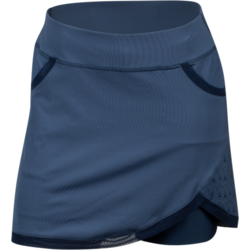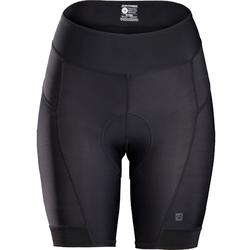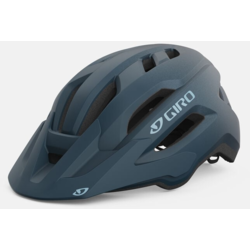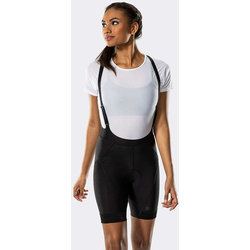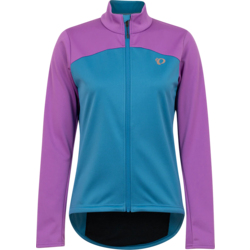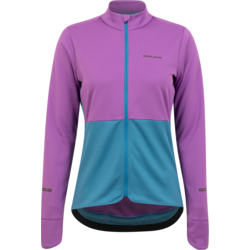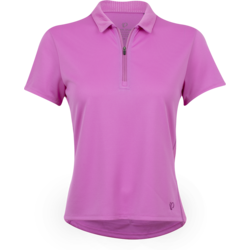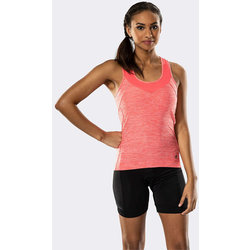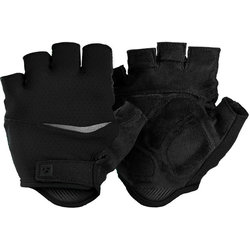
Women's Specific Design
Trek Women's Specific Design bikes embody our ground-up commitment to building a great-fitting, great-riding bike for every woman, no matter who you are or how you ride. It's no wonder Trek sell’s more women’s bikes each year than any other brand.
Are you buying a bike? We hope you enjoy the shopping experience and find a bike that you love - and more importantly, one that loves you back.
Women are built differently. On average, women have shorter torsos, shorter arms, and longer legs than a man of the same height. Women’s hands and feet are smaller, and shoulders are narrower, and hips are wider. All of these differences can affect the way a bike fits, feels, and handles.
You have physical contact with the bike in three areas - hands control the steering, braking, and shifting of the bike through the handlebars and the controls that are attached to them, feet are in contact with the pedals, and your rear end is in contact with the saddle. We've established that women have significantly different proportions in all three areas, as well as in the spaces in between them.
A bike that's designed from the ground up to fit a woman, rather than a man, will provide fit and features in these three contact areas that optimize the fit for the average woman. Because all women are different - what works for you may not be best for another woman. But a "Women's Specific" (also known as "WSD™" or Women's Specific Design on Trek bikes) gives many women a better chance of a comfortable fit with fewer modifications.
So...what makes a bike Women's Specific?
Trek takes a comprehensive approach, actually designing their Women's Specific frames differently - often with a shorter top tube, a more relaxed head tube angle, a taller head tube, and perhaps a slightly steeper seat tube angle.
Shortening the top tube decreases the reach between the saddle and the handlebars - the most common problem for female cyclists due to our shorter torsos. Just shortening the top tube, though, can lead to other problems - less stable handling and increased toe overlap - unless other modifications are made. Relaxing the head tube angle slightly moves the front wheel further forward, so that toe overlap is less likely. A relaxed head tube angle also lengthens the wheelbase slightly, which makes for more stable steering. A taller head tube and steeper seat angle make it easier to accomplish a shorter top tube - minimizing toe overlap and at the same time increasing comfort by reducing neck and upper body strain (taller head tube), and taking advantage of a woman's longer femurs (steeper seat angle).
Besides frame geometry, many other modifications can be made to a bicycle to make it more user-friendly for a woman:
- Handlebars are smaller (narrower, shallower drop, and shorter reach) and the stem is shorter and/or more upright, to further reduce the reach to the bars.
- Brakes and shifters can be sized for smaller hands.
- Saddles are wider in the rear to accommodate a woman's wider sit bones (ischial tuberosities).
- Weight and stiffness of the materials used can be altered to better suit a lighter-weight rider.
Women's Specific Design is Trek's marketing term for a bicycle designed from the outset for a woman. We hope this gives you a better understanding of women specific design. Enjoy your bike riding!

